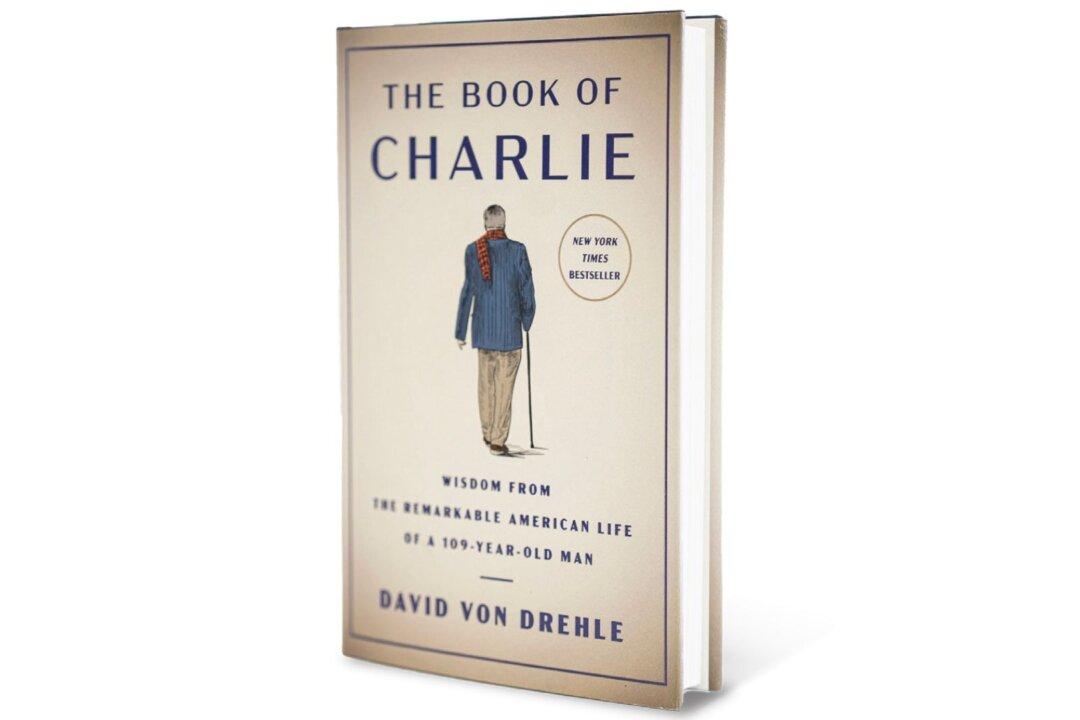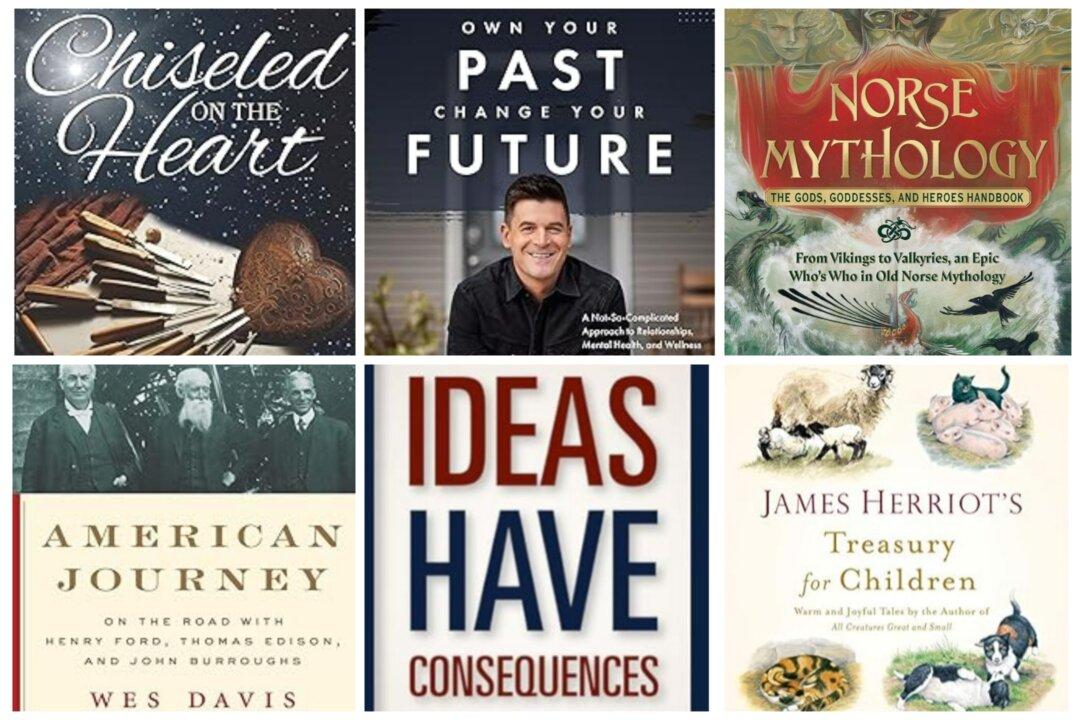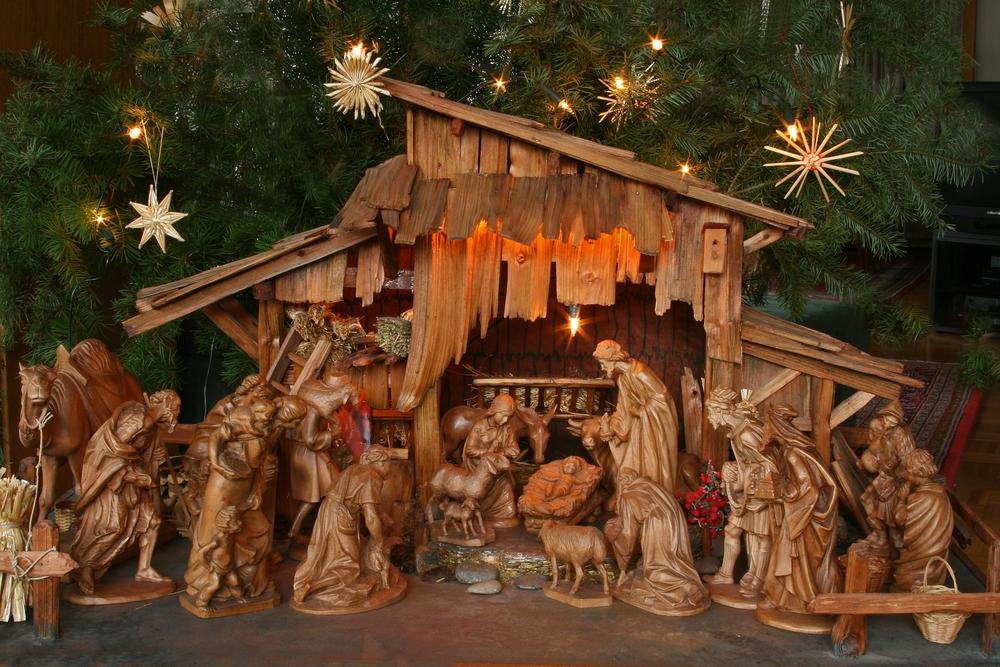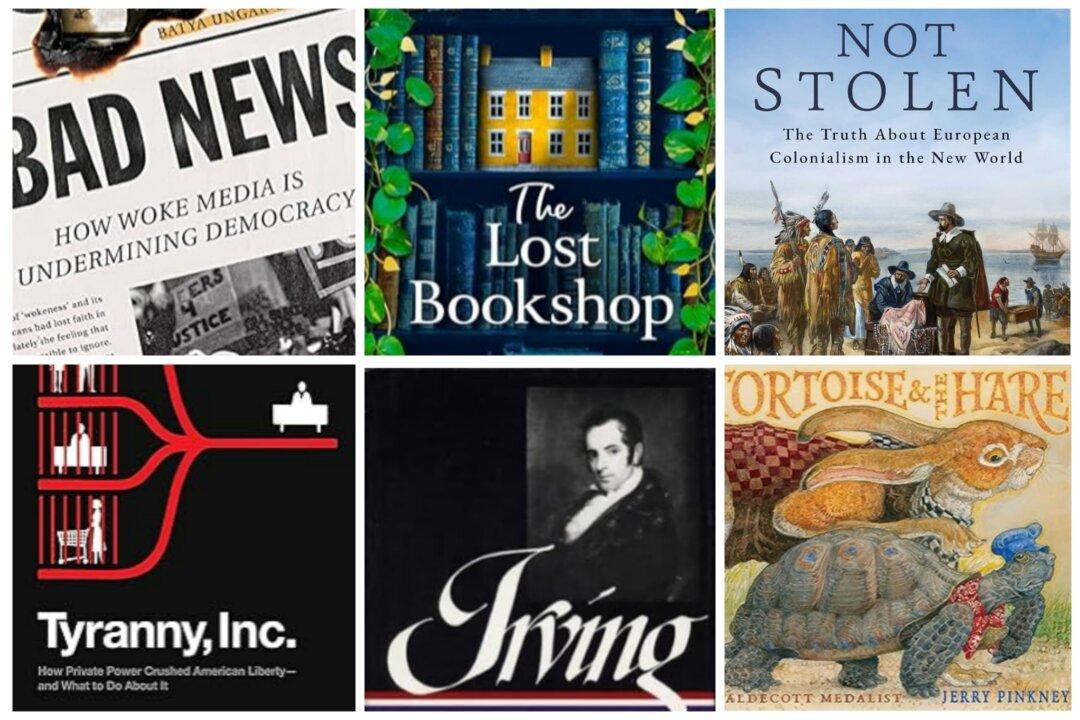Many years ago, I purchased a very tall intricately carved antique hutch. It’s still with me. I’ve never had it appraised, and the only identifying marks inside point to a German manufacturer in the late 1800s. I have often wondered what other rooms it has graced.
Frédéric Chopin has always been one of my favorite composers. His compositions are often intricate and complex yet reveal such a soulful quality.






